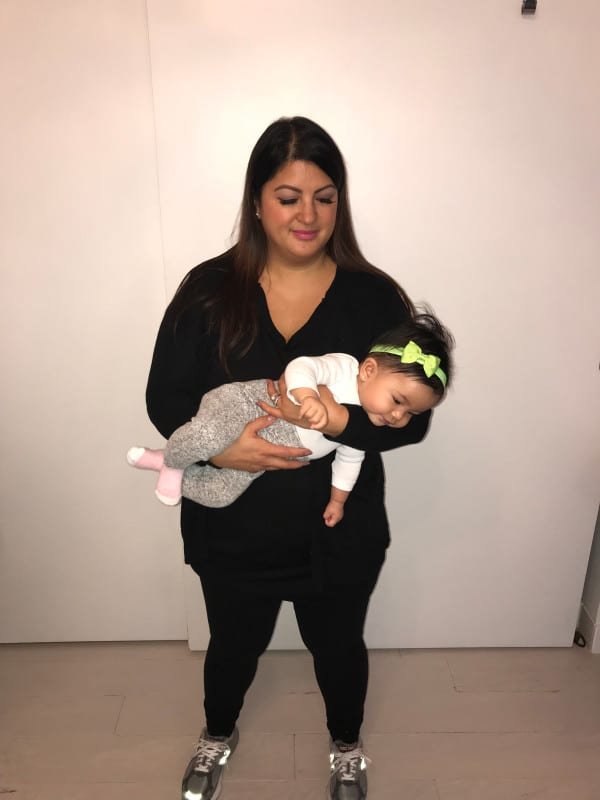Healthy Posture: How to hold and lift your baby
By Aila Agustin, Reg. Kin
Caregiving for a baby can be a ‘heavy’ job. Lifting, holding and carrying are done repetitively throughout the day. It is important to equip yourself as a parent with tools to prevent common injuries that are often associated with the daily activities of caring for an infant or toddler.
Holding and Carrying Positions:
Avoid carrying your baby on one side of your body. Repetitively using one side of your body can put too much stress and strain on hip, back and pelvic joints and muscles. If this cannot be avoided, try to switch sides often so that the weight is distributed evenly on both sides.
Always hold your baby close to your body. Stand with your weight evenly distributed on both feet and keep your baby’s weight balanced in the centre of your body.
Use a hands free baby carrier. This will allow symmetrical distribution of your baby’s weight across your body. A supportive carrier should allow your baby to sit above the level of your hips and close enough so baby’s weight is not causing you to slouch forward.
To lift your baby in a car seat, stand close to the car seat as shown in the photo. While keeping your back straight, squat down and grab the handle of the car seat. Use your leg and buttock muscles to stand up straight while lifting the car seat with baby inside. Make sure to keep your weight evenly distributed over both feet.
Lifting Techniques:
To lift your baby off the floor, use a squat lift technique. To begin, stand close to your baby with your feet shoulder width apart and one foot slightly in front of the other. Squat down while keeping your back straight. Pick your baby up and bring baby close to your chest then push through both legs to stand up. Using your legs will help off-load your back and prevent straining and injury to back muscles and joints.
If you are struggling with aches and pains associated with carrying and lifting your baby, consider checking in with one of our pelvic floor physiotherapists so they can assist you with body mechanics modifications, postural retraining and strengthening.
To lift baby up from a changing table, stand close to the table. Lunge forward slightly with knees slightly bent and keep your back straight as you pick up the baby. Bring your baby close to your chest to avoid straining your back.









